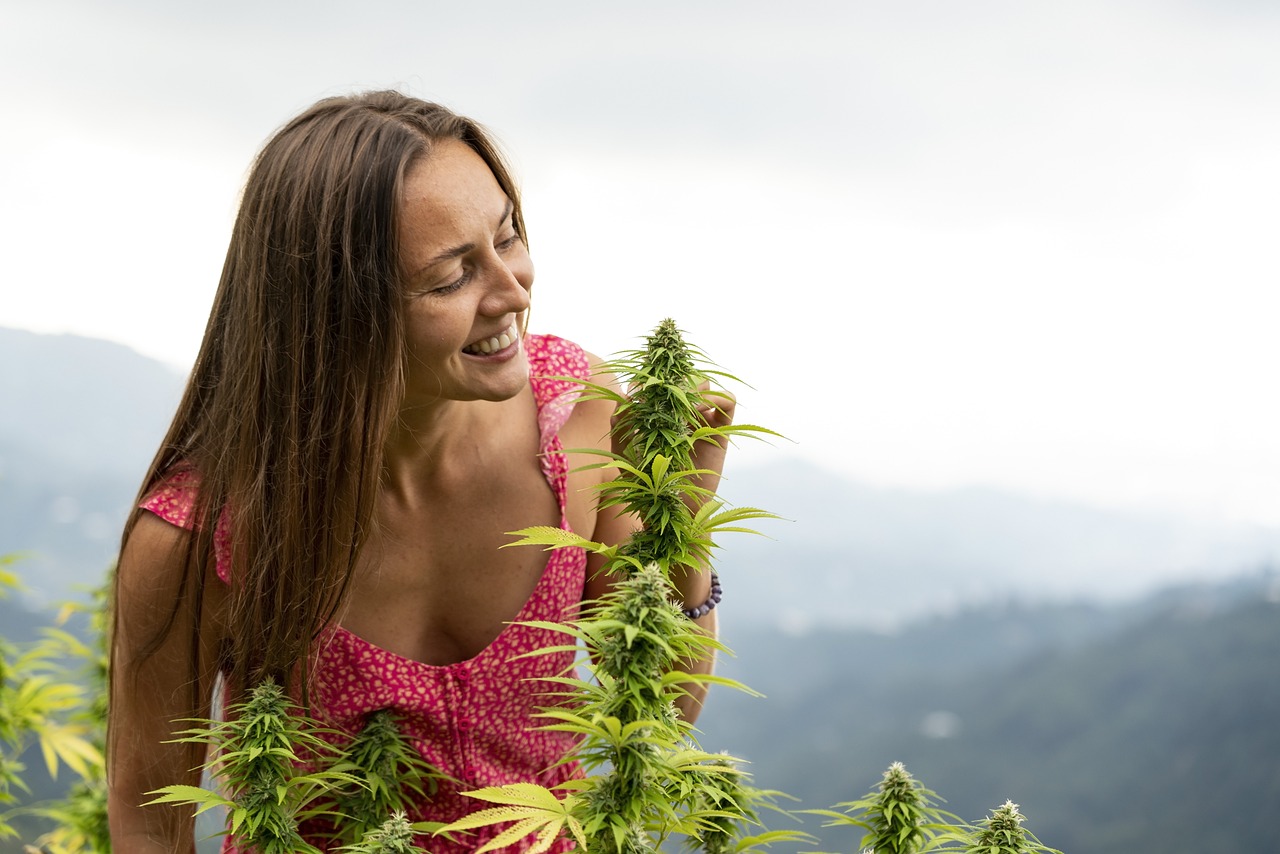Hemp and CBD are two terms often used interchangeably, but they are not the same thing. Both are derived from the cannabis plant, but they differ in their chemical composition and uses. In this comprehensive guide, we’ll explore the distinctions between hemp and CBD and how they are used. Let’s dive into this fascinating topic.
Hemp: A Versatile Plant with Many Uses
Hemp is a variety of the Cannabis sativa plant that contains less than 0.3% THC, the psychoactive compound that gives marijuana its intoxicating effects. Hemp has been used for thousands of years for its fibers, which can be used to make textiles, paper, and other products. Hemp seeds are also rich in protein, fiber, and healthy fats, and are used in food and skincare products (1).
CBD: A Non-Psychoactive Cannabis Compound
CBD, or cannabidiol, is one of the many compounds found in the cannabis plant. Unlike THC, CBD is non-psychoactive, meaning it does not produce the “high” associated with marijuana use. CBD has gained popularity for its potential therapeutic effects, which include reducing anxiety, relieving pain, and improving sleep (2).
While CBD can be derived from both hemp and marijuana plants, it is typically extracted from hemp due to its low THC content.
The Differences Between Hemp and CBD
Hemp and CBD differ in several ways:
- Chemical composition: Hemp contains a variety of compounds, including CBD, THC, and other cannabinoids, while CBD is a specific compound found in the cannabis plant.
- Legality: Hemp is legal under federal law, while the legality of CBD varies by state and depends on the source of the CBD (3).
- Uses: Hemp is used for a variety of industrial and nutritional purposes, while CBD is primarily used for its potential therapeutic effects.
Conclusion
Hemp and CBD are both derived from the cannabis plant, but they differ in their chemical composition and uses. Hemp is a versatile plant used for textiles, paper, food, and skincare products, while CBD is a non-psychoactive compound used for its potential therapeutic effects. It’s important to understand the distinctions between these two products and how they are used to make informed decisions about their use.
References:
- Thomas, B. F., & ElSohly, M. A. (2016). The analytical chemistry of cannabis: quality assessment, assurance, and regulation of medicinal marijuana and cannabinoid preparations. Elsevier.
- Babson, K. A., Sottile, J., & Morabito, D. (2017). Cannabis, cannabinoids, and sleep: a review of the literature. Current Psychiatry Reports, 19(4), 23.
- FDA Regulation of Cannabis and Cannabis-Derived Products: Questions and Answers, U.S. Food and Drug Administration. (2021, April 7). https://www.fda.gov/news-events/public-health-focus/fda-regulation-cannabis-and-cannabis-derived-products-questions-and-answers.



